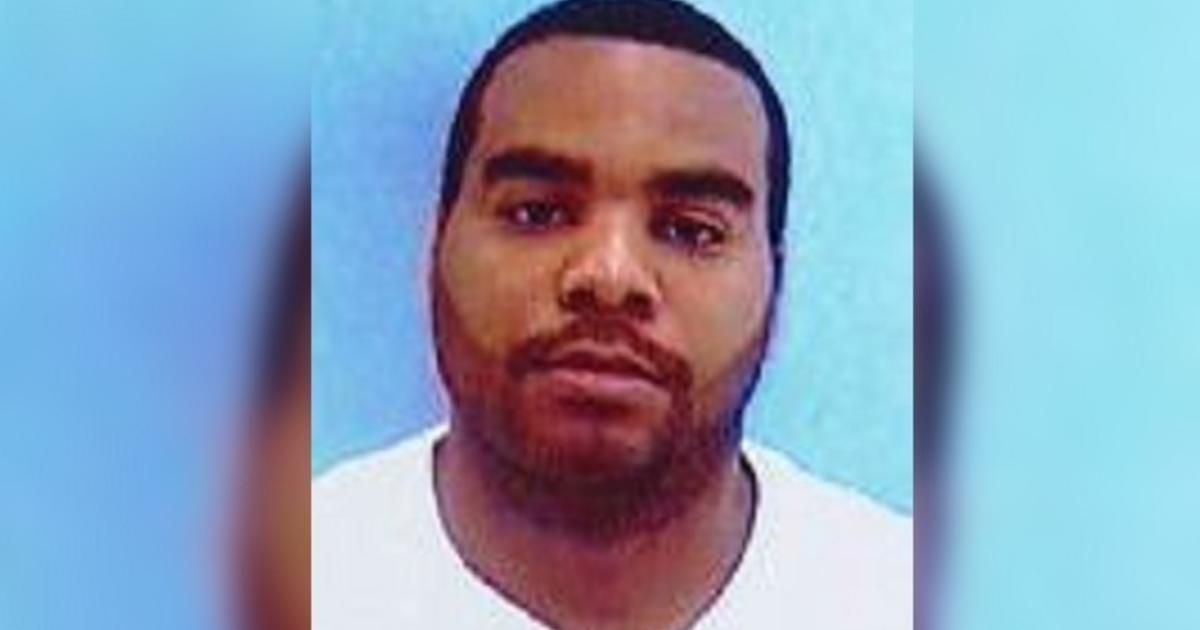Ben Bernanke's biggest worry is Congress
(MoneyWatch) Federal Reserve Chairman Ben Bernanke did not give any indication that the Fed is considering altering its present policy in testimony today before the Senate Banking Committee. But he did express worry that the cumulative effects of "front-loaded" budget cuts from the sequester and other recent actions in Congress would be a significant headwind working against recovery.
In his testimony, Chairman Bernanke, who is speaking on behalf of the Fed's
monetary policy committee rather than himself, noted that the Fed is presently
pursuing two different policy initiatives. The first is a commitment to keep its
target interest rate, the federal funds rate, near zero until unemployment falls
below 6.5 percent or inflation expectations increase a half a percent over the
Fed's two percent target. The the second is asset purchases -- also know as
quantitative easing -- of $85 billion per month.
There are both benefits and costs to these policies. The main costs are the threat of inflation and the possibility of asset-bubbles, but "In the current economic environment, the benefits of asset purchases, and of policy accommodation more generally, are clear: Monetary policy is providing important support to the recovery while keeping inflation close to the FOMC's 2 percent objective."
However, while Bernanke didn't say anything new about the course of future policy, he did discuss a relatively new wrinkle to Fed policy, one that could give the Fed a way to abandon its low interest rate policy even if the unemployment and inflation thresholds have not been crossed. In his testimony, Bernanke acknowledged that low interest rate policy can produce financial bubbles, and that the Fed is keeping a watchful eye on financial markets for this reason. This explicit, public admission that the Fed is worried about bubbles can be traced to a recent speech by Federal Reserve governor Jeremy Stein, and it's a clear signal that the Fed will take action if it sees a potential bubble in the works. If a bubble looks likely, the Fed is most likely to use policy directed at the particular asset market that is problematic, but it could also result in a general tightening of policy. In addition, if the Fed begins to get nervous about its low interest rate policy -- many on the policy committee already are -- the potential for bubbles can be used to raise the federal funds rate even before the unemployment or inflation thresholds have been met.
The chairman's comments on fiscal policy were also notable, and his message was clear: We do need to get our long-run finances under control, but the present course of deficit reduction cuts too much too soon -- especially if the sequester takes hold -- and it could be a significant drag on the recovery.
"The challenge for the Congress and the Administration is to put the federal budget on a sustainable long-run path that promotes economic growth and stability without unnecessarily impeding the current recovery," he said. "However, a substantial portion of the recent progress in lowering the deficit has been concentrated in near-term budget changes, which, taken together, could create a significant headwind for the economic recovery."
His recommendation is that "the Congress and the Administration should consider replacing the sharp, frontloaded spending cuts required by the sequestration with policies that reduce the federal deficit more gradually in the near term but more substantially in the longer run."
Unfortunately, it does not appear that Congress is willing or able to heed this important message about how its actions could harm the recovery.




